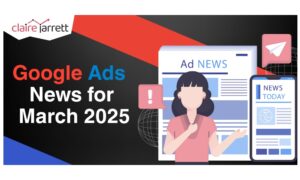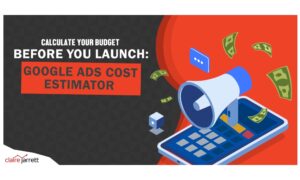Google Ads, LinkedIn Ads, and Meta Ads PPC News: October 2024
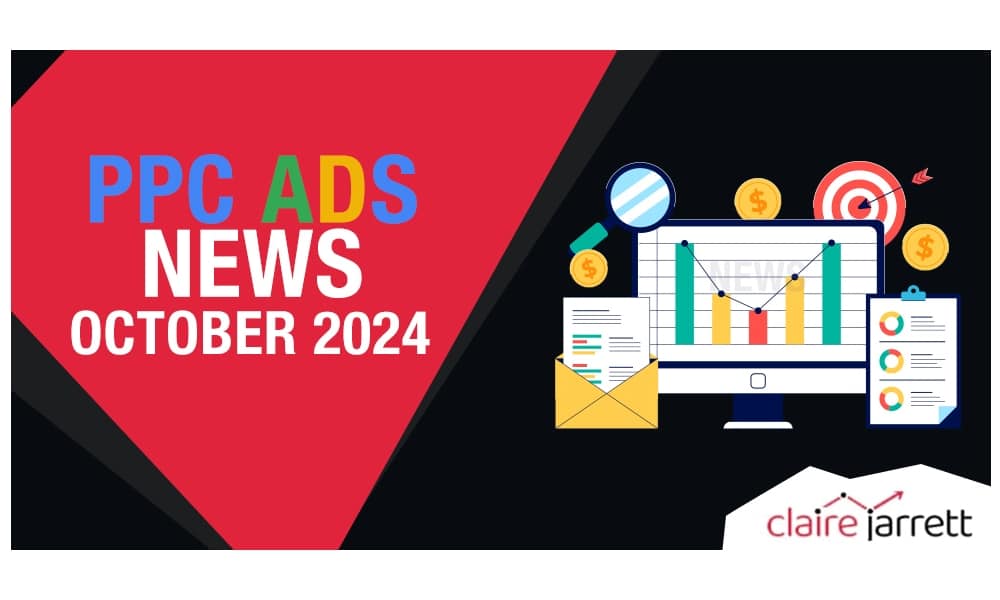
Last Updated on: 25th October 2024, 12:42 pm
It’s time for our monthly roundup of the latest PPC news across Google Ads, Meta Ads, and yes, this time, LinkedIn Ads finally has something to say!
AI remains the common thread, but this month brings some exciting updates. Google Ads has so much coming up that I can’t fit it all in one roundup! Meta is pushing the creative boundaries with AI-powered video ads. And as for LinkedIn, I’ve got a few more details to share on Accelerate.
Google Ads PPC News for October 2024
The Optimised Targeting Trap: Why You Should Turn GDN Optimised Targeting Off
Google’s “optimised targeting” feature for the Google Display Network (GDN) sounds like a dream come true: an algorithm that finds potential customers you’ve missed without increasing your bids. What could go wrong?
Well, as it turns out, quite a lot.
Introduced in 2021, optimised targeting promised to expand your reach beyond your manually selected audiences – going after untapped users and scaling your campaigns.
It might sound like a faster path to better performance, but for many advertisers, it’s been nothing but a budget-draining headache. Ad funds evaporated on irrelevant placements and invalid clicks.
Unfortunately, this tool would often eat up most of your budget (sometimes up to a whopping 99%) on inflated click numbers but little in the way of quality results. Search Engine Land’s team ran an experiment on two identical GDN campaigns: one with optimised targeting turned on and one with it off.
The GDN campaign with optimised targeting had a 66% invalid click-through rate compared to a still-high but much more manageable 26% for the one with it off. That’s a 60% difference in pure click junk!
Unless you’re actively hunting through reports, you won’t even know how badly it’s affecting your carefully selected audiences. You can find insights under your GDN campaign’s audience report (at the bottom, in the “Expansion and Optimised Targeting” row).
I can’t stress this enough: make disabling optimised targeting part of your GDN campaign setup checklist. You don’t want to be surprised when your budget vanishes, only to find out it’s been funnelled into low-quality traffic.
Or, if you’ve already been stung by optimised targeting, check your invalid click credits. Many advertisers don’t realise they’ve been under-credited for all the bad clicks this feature drives. And yes, call your Google support rep and demand an additional review.
Google’s Ads Data Hub as Key PPC News in October 2024
Built on Google Cloud, Google’s Ads Data Hub (ADH) lets you pull data from your Google Ads campaigns, Google Analytics, and even first-party CRM data to create a hub for analysis without risking user privacy.
So, why does this matter? Two words: privacy-first.
You need a way to get rich, detailed insights about your audience and campaign effectiveness without handling personally identifiable information (PII). ADH uses hashed identifiers to give you the data you need without exposing sensitive user information.
Then, you can use SQL queries (simple commands to get or update data) to create custom reports based on the data you’ve connected.
To me, the best part about it is the cross-platform performance. You’ll be able to see how your ads perform across Google Display, YouTube, and other channels, which means you can better allocate budgets based on real user behaviour.
For example, if your YouTube ads lead to more conversions than search, you’ll know where to focus.
There are a couple of caveats:
- ADH doesn’t give you real-time access. There’s typically a delay before campaign data is available for analysis, which is challenging if you’re making rapid, data-driven decisions.
- You need to know SQL (or hire a specialist who does).
Is Google’s Video Enhancement for Performance Max Worth Testing?
Founder Odi Caspi took the words out of my mouth: “Any time Google uses terms like ‘Enhance’ or ‘Optimise’ I get nervous.”
Google Ads’ new Video Enhancement feature for Performance Max campaigns is designed to optimise video creatives through…“automated tweaks” such as optimising video length or selecting the most engaging frames.
While this sounds time-saving, the idea of handing over more creative control to Google is raising eyebrows, two of them being mine – especially because this feature is opted-in by default.
Yes, Google’s automation tools have their place, but when it comes to creative assets, it’s personal. You should test it carefully, always.
Sometimes, too much tweaking can dilute your message, especially when it’s done without your oversight. After all, with PMax campaigns, this feature could significantly impact how your videos appear to potential customers.
However, if you’re using more straightforward video ads, like short, simple product demos or explainer videos with lower stakes, this could be beneficial. The automation could improve these without tampering too much with the core message. But as I always say, take it with a grain of salt!
And finally, don’t let Google’s automation make creative decisions for you without your input. 😉
Meta Ads PPC News for October 2024
Meta’s Generative AI Video Tools Bring Incredible Options
We already knew Meta Ads was innovating with AI video tools for Facebook and Instagram. The question is: is this one of the cases where you should trust AI to do the heavy lifting for your brand?
The AI-powered features in Meta’s Advantage+ creative suite make it easier for advertisers to upgrade their video content without having to start from scratch. This includes video expansion, image animation, refinement of brand voice & tone, and creator partnerships in the new Partnership Ads Hub.
Time-strapped advertisers with limited resources might think they’ve just won the ad lottery. But there’s more to consider.
AI can be a winner for optimisation and scaling. But if your brand has a unique tone or storytelling style (like most should), do you trust AI to stay true to that?
And then there’s the issue of creative control. Just like with Google’s video enhancement tools, Meta’s genAI might help you scale, but will it represent your brand in the best possible way without human oversight?
I’ll leave you to reflect on those two questions.
LinkedIn Ads PPC News for October 2024
LinkedIn Accelerate Is AI’s Latest Power Play in B2B Marketing
I’ve been hinting at LinkedIn’s AI-powered Accelerate campaigns since June 2024, but the timing still couldn’t be better. B2B marketers are feeling the squeeze, having to do more with less while proving ROI faster than ever. CMOs are under pressure, buying cycles are longer, and the competition is fierce.
Under those circumstances, the pull of AI is irresistibly strong.
With LinkedIn Accelerate, the promise is faster, more efficient campaign setups without sacrificing control. It’s a public beta available globally, complete with AI-optimised targeting, creatives, and bidding.
Before I give my usual opinion on AI, there are clear upsides. For busy teams, Accelerate can help you speed up processes like targeting for lead generation, retargeting, or driving website visits. If you’re in a rush to get an event or product update out there, it’s great for building awareness fast.
Siemens, for example, saw a 121% jump in lead form completions using Accelerate.
But as Mindaou Gu, Product Manager at LinkedIn has pointed out: “Your marketing team retains complete control to make tweaks and improvements that incorporate your own expertise and brand personality.”
As they should – along with your LinkedIn Ads Manager.
My final word: use Accelerate for scaling up quickly and handling data-heavy tasks. But always keep your eye on the big picture.
Fine-tune your AI-generated creatives to ensure they stay true to your brand, and don’t rely on algorithms to handle your most important strategic decisions.
If I Could Use a Single Word to Describe This Month’s PPC News Roundup…
…it would be acceleration. And I’m not just talking about LinkedIn.
AI is just one chapter in a much bigger story. What stands out is how platforms are reshaping what’s possible. Platforms are making it easier for advertisers to adapt, experiment, and reach audiences in ways that used to take weeks, even months.
Now, PPC platforms aren’t quite there yet. But it’ll be an interesting period of experimentation. Let’s see what we as advertisers can do when AI is doing some of the heavy lifting! Of course, never give it free rein over your account, but use it to experiment and optimise.
What are your thoughts on these (and future) updates? I’d love to know in the comments!
And while you’re here, why not check out my book, Achieve Rapid Google Ads Success in 7 Simple Steps, to sharpen your skills even further? And if you ever need a hand with Google, Meta, or LinkedIn Ads, my team and I are ready to jump in and support you.
See you next month with more updates!



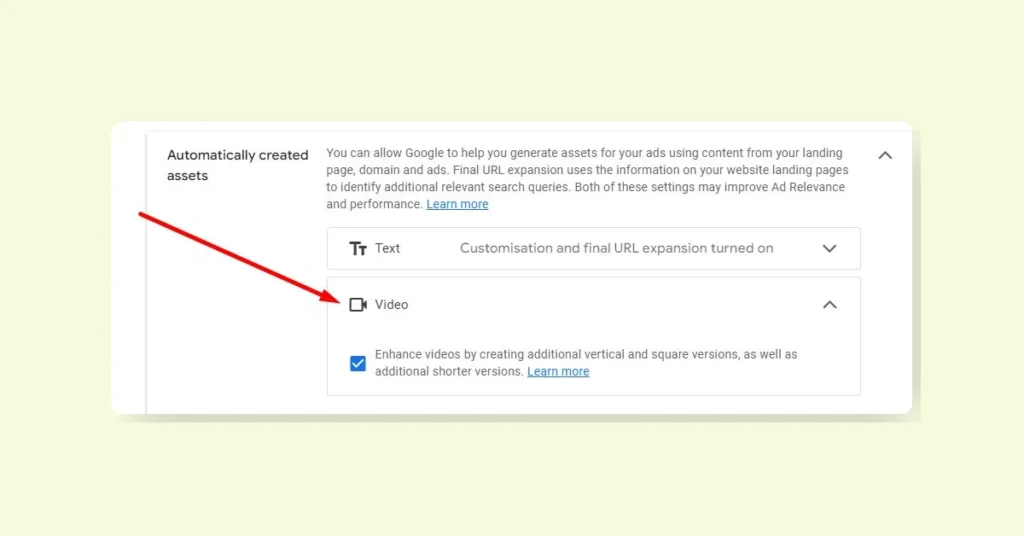
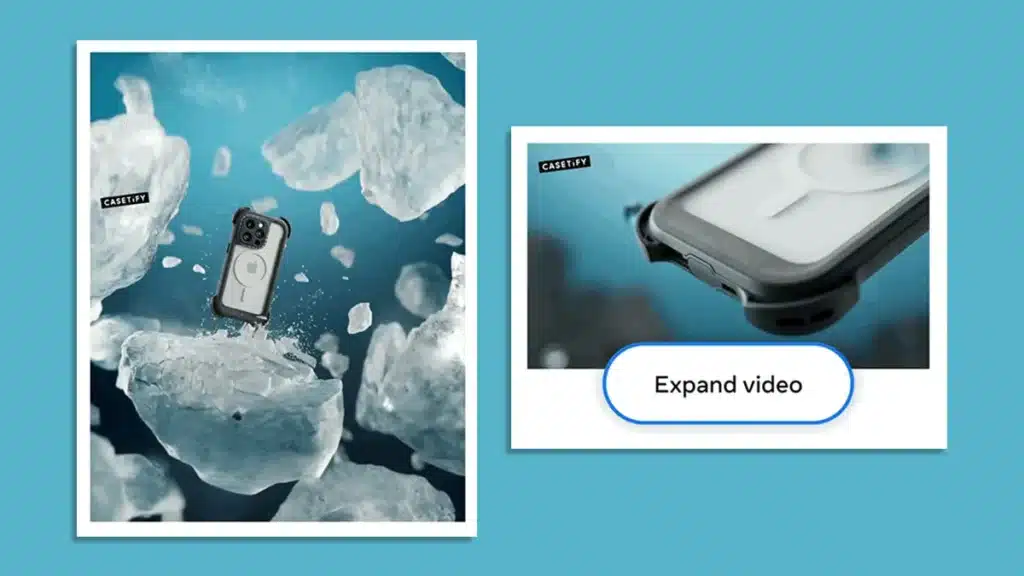
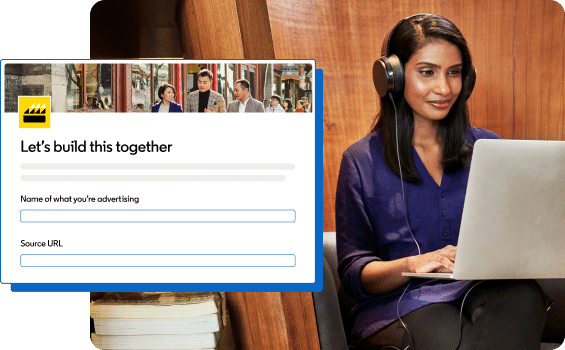

![The Ultimate Guide to Setting Up Google Ads Conversion Tracking [Updated in 2025]](https://a4x3f5i9.delivery.rocketcdn.me/wp-content/uploads/2022/04/conversion-tracking-google-ads-300x180.jpg)
